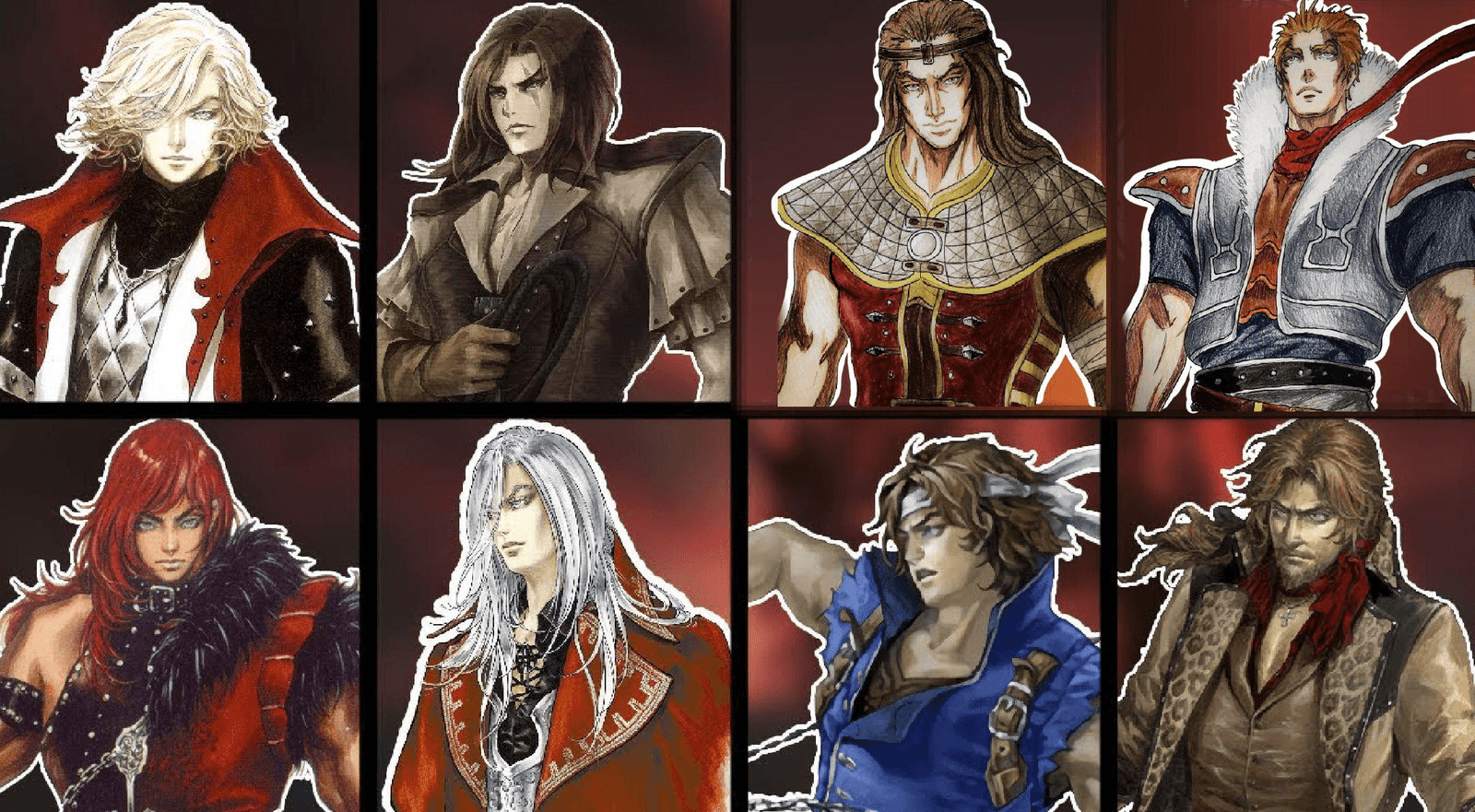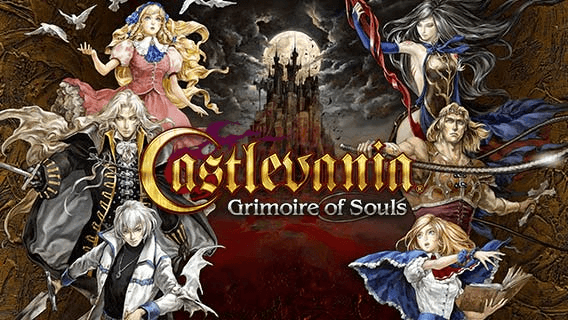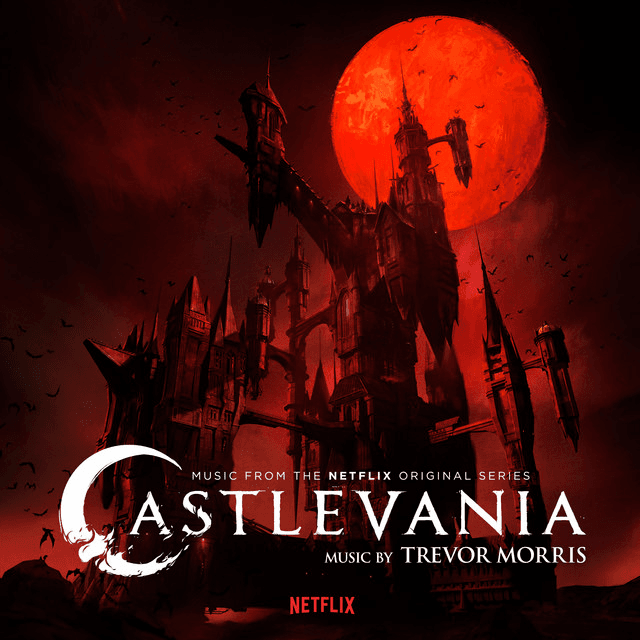Castlevania: A Timeless Legacy in Gaming History
Introduction
Castlevania is one of the most legendary franchises in video game history, blending gothic horror, intense platforming, and unforgettable music. Since its debut in 1986, the series has captivated players with its challenging gameplay, haunting atmosphere, and deep lore. Over the years, Castlevania has evolved from a classic action-platformer into an expansive series with RPG elements, exploration-based mechanics, and even a successful Netflix adaptation.
But what makes Castlevania so enduring? Why does it continue to influence modern games? Let’s dive deep into the dark and fascinating world of Castlevania, exploring its origins, evolution, gameplay, and legacy.
The Origins of Castlevania
The first Castlevania game was released on September 26, 1986, for the Nintendo Entertainment System (NES). Developed and published by Konami, it introduced players to Simon Belmont, a vampire hunter tasked with defeating Dracula.
Influence of Gothic Horror
Castlevania took heavy inspiration from gothic horror literature and classic monster movies. The game featured a dark, eerie castle filled with supernatural creatures like:
- Zombies
- Medusa Heads
- Mummies
- Frankenstein’s Monster
- Dracula
This unique setting, combined with the game’s eerie soundtrack, gave Castlevania a distinctive identity.
Early Reception and Impact
Upon release, Castlevania was praised for its tight controls, atmospheric setting, and challenging gameplay. It set a standard for side-scrolling action games and quickly became a flagship title for Konami.
Gameplay and Mechanics
One of the key reasons Castlevania remains beloved is its gameplay mechanics. The series is known for its:

Classic Side-Scrolling Action
The early Castlevania games followed a linear platforming style where players progressed through stages, fighting enemies and bosses. Each stage was filled with traps, secret paths, and precision-based jumps, making every level a test of skill.
Signature Whip Combat
The Vampire Killer, a legendary whip, became the primary weapon of the Belmont family. Players could also use sub-weapons, such as:
- Holy Water (creates fire on the ground)
- Throwing Axe (perfect for airborne enemies)
- Cross/Boomerang (a powerful ranged attack)
- Dagger (quick but weak long-range weapon)
Introduction of RPG and Exploration Elements
As the series progressed, Castlevania introduced Metroidvania mechanics—a blend of Metroid-style exploration and Castlevania’s gothic setting. This allowed players to backtrack, unlock new areas, and upgrade their character’s abilities.
The Evolution of Castlevania
Castlevania has undergone major changes over the decades.
The Classic Era (1986–1994)
- Castlevania (1986, NES) – The game that started it all
- Castlevania III: Dracula’s Curse (1989, NES) – Introduced multiple playable characters
- Super Castlevania IV (1991, SNES) – Improved graphics, controls, and level design
The Metroidvania Era (1997–2008)
- Castlevania: Symphony of the Night (1997, PlayStation) – This game revolutionized the series by introducing non-linear exploration, RPG elements, and deep storytelling.
- Castlevania: Aria of Sorrow (2003, Game Boy Advance) – One of the most beloved handheld entries, featuring the Tactical Soul System.
- Castlevania: Dawn of Sorrow (2005, Nintendo DS) – Continued the RPG mechanics with touch-screen innovations.
The Modern Era and 3D Games (2010–Present)
- Castlevania: Lords of Shadow (2010, PlayStation 3 & Xbox 360) – A reboot of the series with a new take on the Belmont story.
- Netflix’s Castlevania Series (2017–2021) – A highly praised anime adaptation that introduced Castlevania to a new audience.
Iconic Characters in Castlevania
The Castlevania universe is filled with memorable characters, including:
- Simon Belmont – The original protagonist and legendary vampire hunter.
- Alucard – Dracula’s son and the protagonist of Symphony of the Night.
- Richter Belmont – A fan-favorite Belmont known for his role in Rondo of Blood and Symphony of the Night.
- Dracula – The eternal villain and lord of darkness.
The Legacy of Castlevania
Castlevania’s influence can be seen in countless modern games, especially in the Metroidvania genre. Titles like Hollow Knight, Bloodstained: Ritual of the Night, and Dead Cells owe a lot to Castlevania’s exploration-based gameplay and RPG mechanics.
Even today, despite the lack of new mainline entries, Castlevania remains a beloved franchise thanks to re-releases, fan projects, and the success of the Netflix series.
Conclusion
Castlevania is more than just a video game series—it’s a cultural phenomenon that has shaped the gaming industry for nearly four decades. Whether you grew up battling Dracula on the NES or discovered the franchise through Symphony of the Night or Lords of Shadow, Castlevania continues to haunt and inspire players around the world.
If you haven’t experienced the magic of Castlevania yet, now is the perfect time to dive into Dracula’s cursed castle and see why this legendary series refuses to die.


